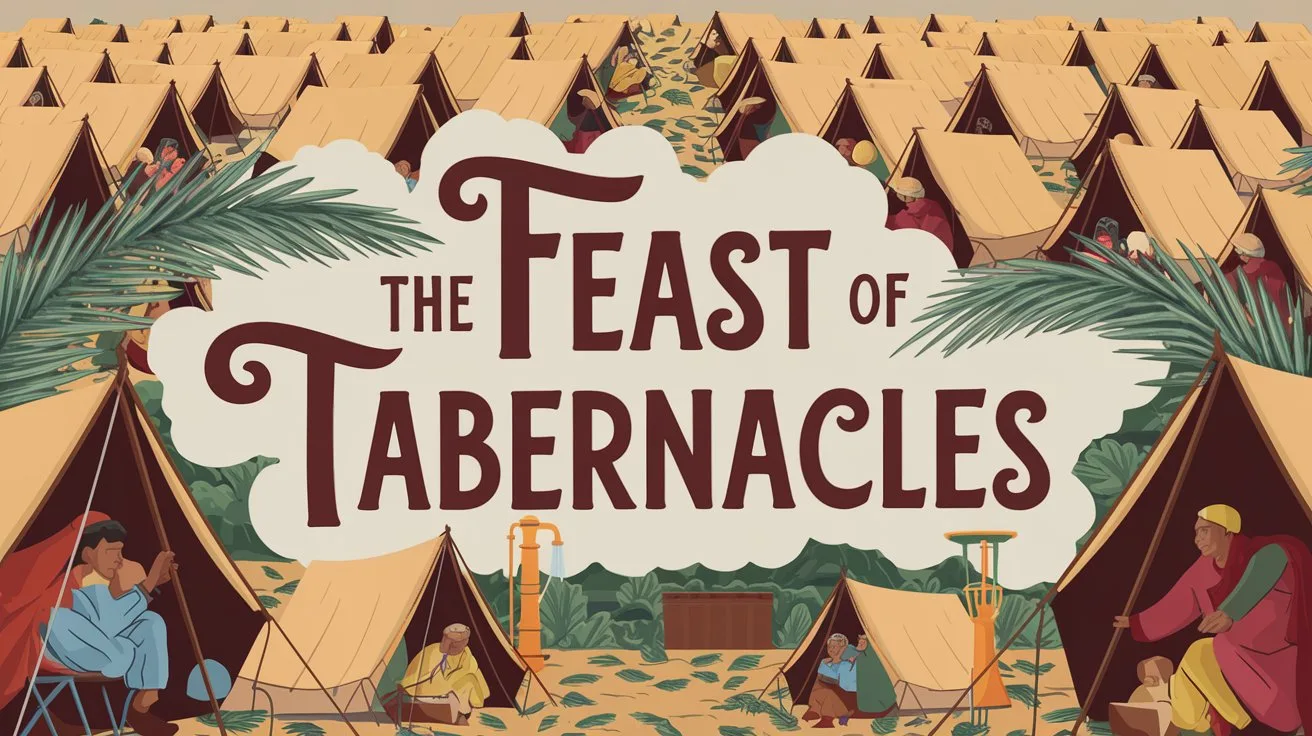Frankincense and myrrh are aromatic resins mentioned frequently in Scripture, both for their ceremonial use and their prophetic significance. They are best known as two of the gifts brought by the wise men to Jesus after His birth. Matthew 2:11 says, “And when they had opened their treasures, they presented gifts to Him: gold, frankincense, and myrrh.”
Frankincense was used in the worship of God. It was part of the holy incense burned on the altar of incense in the tabernacle, symbolizing the prayers of the saints rising to God. Exodus 30:34-38 gives the formula for this incense, and Revelation 8:3-4 later describes incense as representing “the prayers of all the saints.”
Myrrh was used for anointing and embalming. It had a bitter fragrance and was associated with suffering and death. It was used in the preparation of the holy anointing oil (Exodus 30:23), and also in embalming Jesus’ body after the crucifixion. John 19:39 notes that Nicodemus brought a mixture of myrrh and aloes, about a hundred pounds, for His burial.
Symbolically, frankincense represents Christ’s role as our High Priest, offering intercession and worship to the Father. Myrrh points to His suffering and death as the Suffering Servant. The inclusion of these gifts in Matthew’s gospel is not incidental, they prophetically declare Jesus as King (gold), Priest (frankincense), and Sacrifice (myrrh).
These substances, used in worship, sacrifice, and burial, all find their ultimate meaning in Jesus Christ, who is both the sweet aroma before the Father and the One who bore our sorrows.







